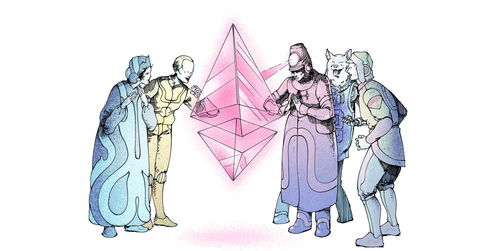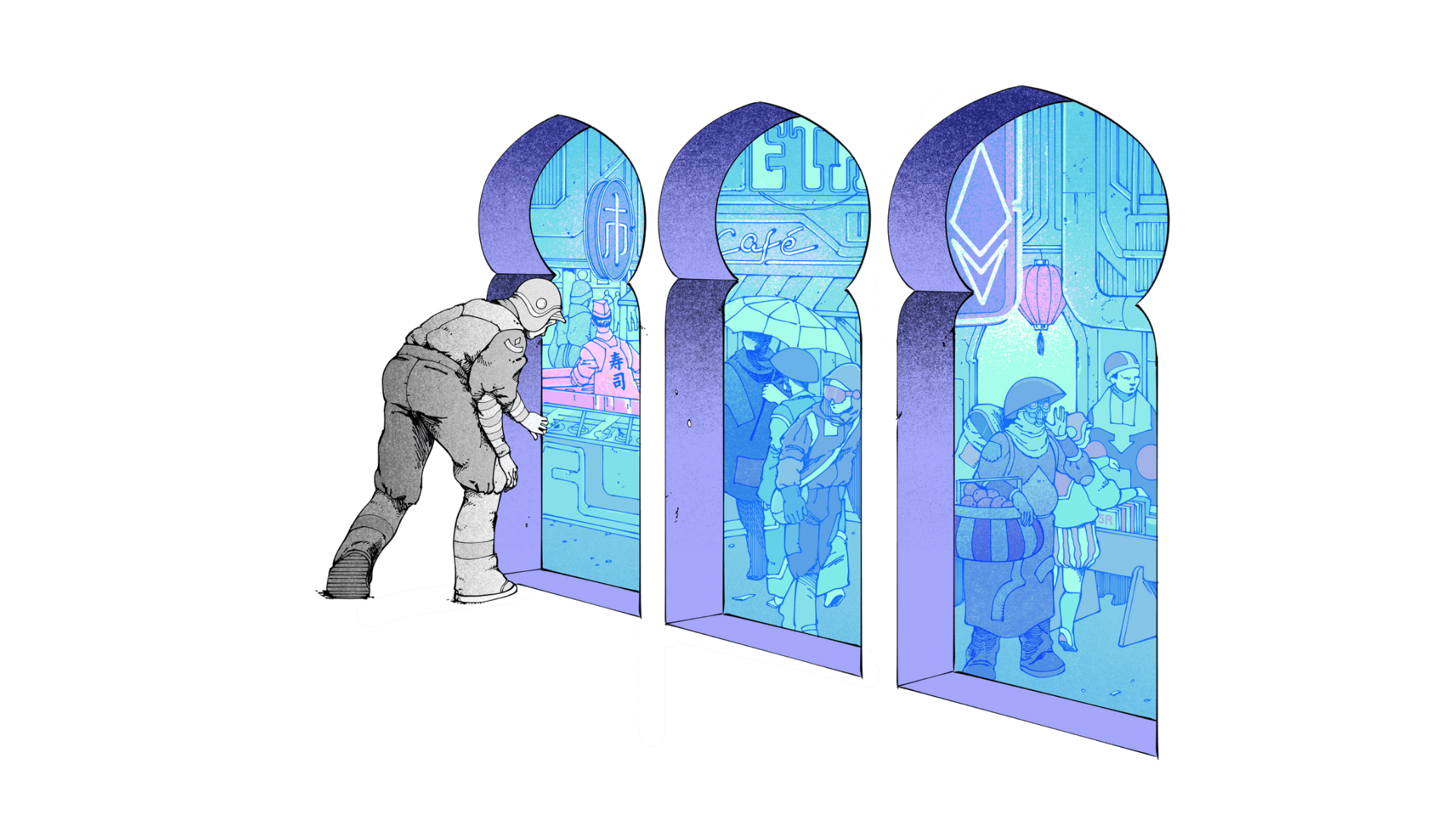The Ethereum 2.0 Launch Has Been Delayed, But Developers Are Getting Close
The next phase in Ethereum 2.0’s development has been announced. But its full rollout has yet to be scheduled.
July 7 2021, Published 3:57 a.m. ET

Cryptocurrency investors have been anticipating the release of Ethereum 2.0. The long-planned upgrade to the Ethereum network is beginning to come to fruition. In 2020, the first phase of Ethereum 2.0, also called “Eth2” or “Serenity,” was released.
However, it was announced Jul. 6 that the London hard fork would likely launch on Aug. 4. Many crypto enthusiasts are excited for the release, while some aren’t ready to start celebrating. What does the London hard fork tell us about when the full rollout of Ethereum 2.0 will happen?
What's Ethereum 2.0?
Ethereum 2.0 will use a consensus mechanism, scalability, and security. The upgraded blockchain will use a PoS (proof-of-stake) concept instead of the traditional PoW (proof-of-work).

The PoW system can be energy-intensive, as miners use computer processing to solve complex mathematical puzzles to verify transactions. When miners first solve a puzzle, they add a new transaction to the record on the blockchain. They're then rewarded with crypto coins.
In the PoS system, validators stake crypto to verify a transaction and propose a block based on the amount of crypto they hold and the duration they’ve owned it. Then, other validators attest that they've seen the block. When there are enough confirmations, the block can be implemented into the blockchain. Validators are awarded crypto coins for the successful block proposition—a process called “forging” or “minting.”

Because the PoS system is more energy-efficient, it’s more scalable. The original Ethereum blockchain can support only 30 or so transactions per second. However, Ethereum 2.0 has promised up to 100,000 transactions per second through the use of shard chains.
Cryptocurrencies’ environmental impact has come under fire in recent weeks. Influential investors and governments have raised the alarm on crypto’s energy consumption. Ethereum 2.0 and other blockchains running the PoS concept may help take the industry into the future.
How can investors begin staking Ethereum 2.0?
Crypto investors who already hold Ethereum can begin staking the ETH2 tokens. Exchanges such as Coinbase created a waitlist for users to stake the new tokens. Once investors are taken off the waitlist, they can migrate their tokens to stake ETH2. However, once an amount is staked, investors can't trade, send, or sell it until the liquidity of staked ETH2 funds is enabled.
As a bonus for helping secure the network, investors who stake early in ETH2 can earn up to 6 percent annually on their investment.
When will Ethereum 2.0 fully launch?
Despite delays, much progress has been made. The rollout will happen in three phases: the beacon change, the merge, and shard chains.
Phase 0, or the beacon change, already happened in Dec. 2020. The next phase is the merging of the beacon chain into the mainnet, marking the end of the PoW system. The merge is scheduled to launch on Aug. 4 in the London hard fork.
The final phase, shard chains, will mark the full realization of Ethereum 2.0. It's slated for 2022.
